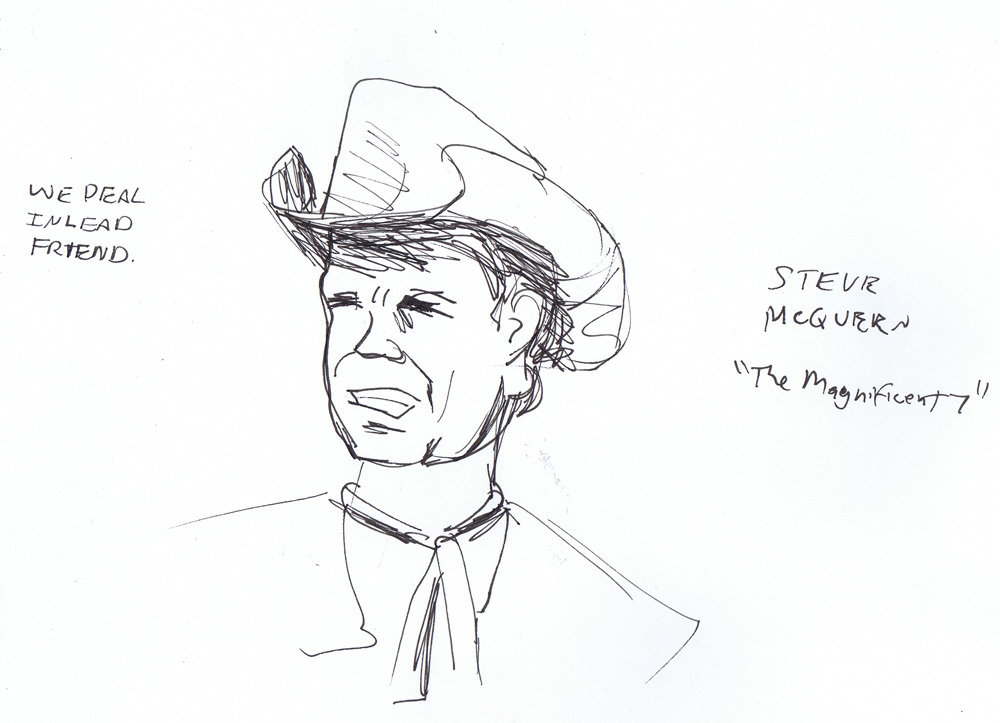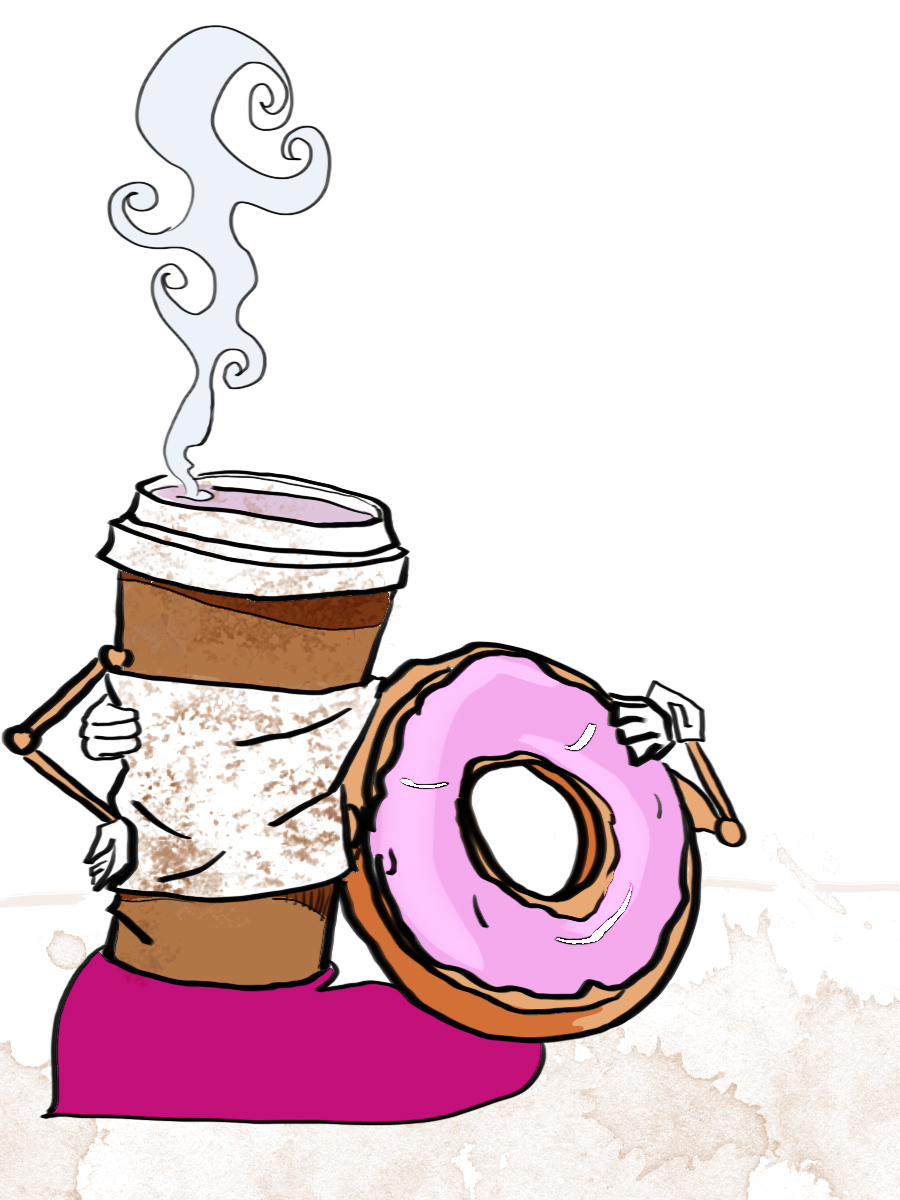Samuel R Delaney’s Take on Information Gathering
Twelve years ago some public channeler had made a great stir because the government had an average ten hours videotaped and otherwise recorded information on every citizen with a set of government credit tokens and/ or government identity card. Eleven years ago another public channeler had pointed out that ninety-nine point nine nine and several nines percent more of this information was, a) never reviewed by human eyes (it was taken, developed, and catalogued by machine), b) was of a perfectly innocuous nature, and, c) could quite easily be released to the public without the least threat to government security.
Ten years ago a statute was passed that any citizen had the right to demand a review of all government information on him or her. Some other public channeler had made a stir about getting the government simply to stop collecting such information; but such systems, once begun, insinuate themselves into the greater system in overdetermined ways: Jobs depended on them , space had been set aside for them, research was going on over how to do them more efficiently— such overdetermined systems, hard enough to revise, are even harder to abolish.
Eight years ago, someone whose name never got mentioned came up with the idea of ego-booster booths, to offer minor credit (and, hopefully, slightly more major psychological) support to the Government Information Retention Program: Put a two-franq token into the slot (it used to be half a franq , but the tokens had been devalued again a year back), feed your government identity card into the slip and see, on the thirty-by-forty centimeter screen, three minutes’ videotape of you, accompanied by three minutes of your recorded speech, selected at random from the government’s own information files. Beside the screen (in this booth, someone had, bizarrely, spilled red syrup down it, some of which had been thumb-smudged away, some scraped off with a fingernail), the explanatory plaque explained: “The chances are ninety nine point nine nine and several nines percent more that no one but you has ever seen before what you are about to see. Or,” as the plaque continued cheerily, “to put it another way, there is a greater chance that you will have a surprise heart attack as you step from this booth today than that this confidential material has ever been viewed by other human eyes than yours. Do not forget to retrieve your card and your token. Thank you.”Delany, Samuel R. (2011-03-01). Trouble on Triton (Kindle Locations 220-238). Wesleyan University Press. Kindle Edition.
Yeah the NSA etc. sucks. This is just one view of what a future society with very little, to no privacy, might look like. From Trouble on Triton first published in 1976 (I had it when it was just titled Triton)
The Badpiper Thunderstruck – YouTube
The Badpiper Thunderstruck – YouTube
How Moon Bases and Lunar Colonies Work (Infographic) | Space.com
BFFs — Coffee and Donuts
Posting resumes
Got the old blog back up, and looking almost like I want it. Posting will resume.
Halloween’s Coming
Here’s something I did during the premier of The Walking Dead last night.

Bookmarks for October 6th
Bookmarks for October 3rd
- Caffeinated coffee linked to vision loss – A new study suggests caffeinated coffee drinkers should limit their intake to reduce their chances of developing vision loss or blindness. According to a scientific paper in Investigative Ophthalmology & Visual Science, heavy caffeinated coffee consumption is associated with an increased risk of developing exfoliation glaucoma, the leading cause of secondary glaucoma worldwide.
…
"Because this is the first study to evaluate the association between caffeinated coffee and exfoliation glaucoma in a U.S. population, confirmation of these results in other populations would be needed to lend more credence to the possibility that caffeinated coffee might be a modifiable risk factor for glaucoma," said Kang. "It may also lead to research into other dietary or lifestyle factors as risk factors.
Tags: health research - Hidden Taxpayer Costs | Good Jobs First – In June 2005 the Institute for Local Self-Reliance obtained data from the Maine Department of Health and Human Services on companies with workers enrolled in Medicaid and other public assistance programs (data on dependents was not available). At the top of the list was Wal-Mart, with 751 workers receiving benefits. It was followed by supermarket chain Hannaford with 527 and LL Bean with 170.
In November 2005 the Lewiston Sun Journal obtained information from the state Department of Health and Human Services on those employers with the largest number of workers on MaineCare (the state's version of Medicaid), food stamps and TANF (temporary assistance to needy families). At the top of the list was Wal-Mart, with 1,100 employees in one or more of the programs, followed by the supermarket chain Hannaford Bros. (662), L.L. Bean (362) and Shaw's Supermarkets (257).
Sources: Press release issued June 28, 2005 by the Institute for Local Self-Reliance; available online at http://www.newrules.org/retail/news_slug.php?slugid=311 and Kathryn Skelton, "Working, On Welfare: Thousands in Maine Have Jobs, But Get Assistance," Lewiston Sun Journal, November 14, 2005.
Tags: health



